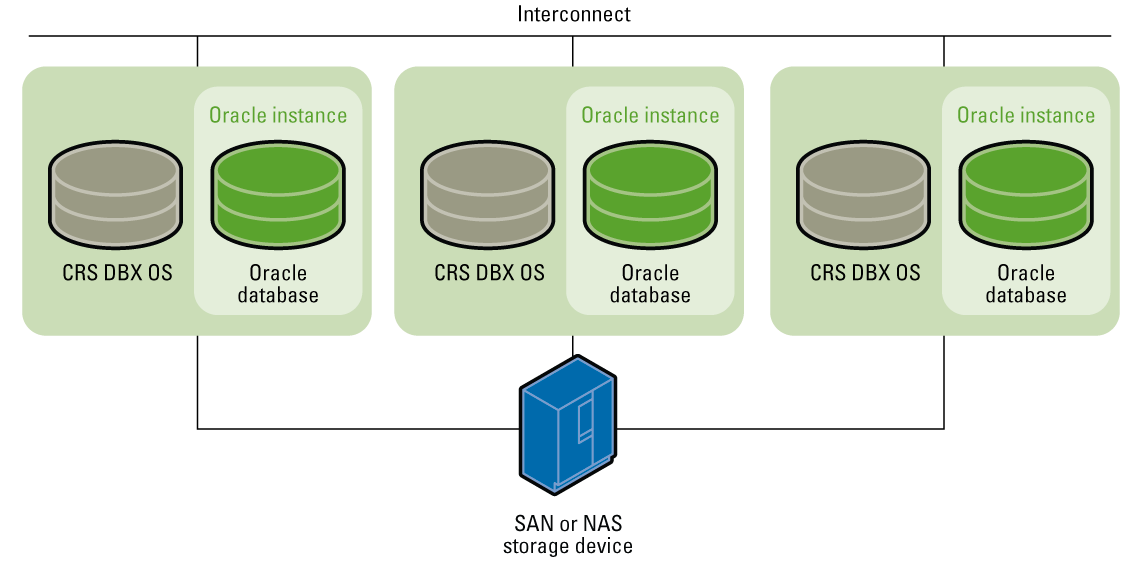How Pinterest Scaled to 11 Million Users with a Small Engineering Team by Adopting Scalable Technologies
Pinterest's scaling journey can be divided into four distinct phases:
-
The Age of Finding Yourself: This phase was characterized by rapid prototyping and evolving product requirements, managed by a small engineering team.
-
The Age of Experimentation: Exponential user growth demanded rapid scaling, leading to the adoption of numerous technologies. However, this resulted in a complex, fragile system.
-
The Age of Maturity: This phase involved a conscious simplification of their architecture, focusing on mature, scalable technologies like MySQL, Memcache, and Redis. Instead of adding to the tech stack, Pinterest invested the money into growing what was working well.
-
The Age of Return: With the right architecture in place, Pinterest continued its growth trajectory simply by scaling horizontally, validating its choices.
Pinterest prioritized technologies that were reliable, well-understood, and could easily scale with their growing user base, such as:
- MySQL: A robust and mature relational database management system known for its stability and a wide community of users.
- Memcache: A simple, high-performance system for caching frequently accessed data in memory.
- Redis: A versatile data store capable of handling various data structures and offering flexibility in persistence and replication.
- Solr: A search engine platform chosen for its quick implementation and ability to handle large numbers of small documents and queries.
When it came to scaling the database, Pinterest chose sharding over clustering due to its relative simplicity and their negative experiences with clustering during the "Age of Experimentation." Sharding involved partitioning data into smaller chunks and placing each chunk on a dedicated server, which provided a more predictable and manageable approach.
The shift to sharding was a phased process, including eliminating database joins, denormalizing data, and aggressive caching to maintain performance. While sharding offered a more manageable approach, it came with challenges, such as scripting for data migration, implementing application-level logic for data consistency, and reporting across multiple shards.
Overall, Pinterest's scaling journey offers valuable lessons for anyone architecting systems for growth, including the importance of simplicity, prioritizing scalability over features, and designing for horizontal growth.
Customize Summary
Rewrite with AI
Generate Citations
Translate Source
To Another Language
Generate MindMap
from source content
Visit Source
machine-learning-made-simple.medium.com
How Pinterest Scaled to 11 Million Users With Only 6 Engineers
Key Insights Distilled From
by at machine-learning-made-si... 05-13-2024
https://machine-learning-made-simple.medium.com/how-pinterest-scaled-to-11-million-users-with-only-6-engineers-a0f62cea62b8
Deeper Inquiries
